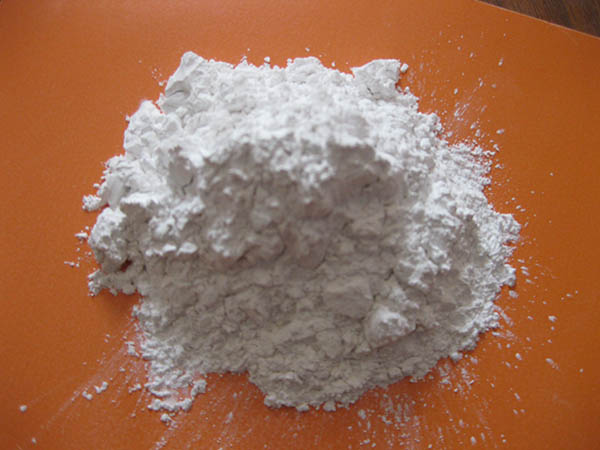- 18
- May
Analyze the relationship between white corundum powder and alumina
Analyze the relationship between white corundum powder and alumina
Many manufacturers of wear-resistant products need white corundum powder, but what is the function of white corundum powder, how is it composed, and the relationship between white corundum powder and alumina? Next, we will conduct a deep analysis of the relationship between the two of them.
White corundum is a variety of common abrasive corundum series in abrasive products. The relationship between white corundum powder and alumina is that it is made by high-temperature smelting with alumina powder as the main raw material. The content of Al2O3 is generally 97%-99%, which is white. White corundum has high hardness, the abrasive is not easy to blunt, and its toughness is slightly lower than that of brown corundum. The abrasive grains are easily broken under pressure to form new cutting edges. Because the abrasive has higher hardness than brown corundum, it is easier to cut into the workpiece material, and the abrasive grains have good self-sharpening performance, so the white corundum abrasive has good cutting ability, which can reduce workpiece deformation and heat generation.
Therefore, white corundum abrasives are suitable for precision grinding, sharpening, thread grinding, etc., and for grinding workpieces that are easily deformed and burned, such as precision grinding of hardened steel, high-speed steel, high-carbon steel, and thin-walled parts. White corundum has a micro-blade structure, suitable for mirror grinding. At the same time, white corundum also has the characteristics of acid and alkali corrosion resistance, high temperature resistance, and good thermal stability. It is widely used in high-tech fields such as precision casting, steel refractory, chemical refractory, special ceramics, porcelain for daily use, military industry, and electronics.
The sodium oxide content in ordinary white corundum is between 0.2 and 0.6%. The relationship between white corundum powder and alumina. Sodium oxide is a harmful impurity to white corundum. It forms β-Al2O3 in the molten state with alumina, and the amount of formation increases with the increase of sodium oxide content.
With the rapid development of the market for high-end abrasives, electronic ceramics and high-end refractory materials, reducing the sodium content in white corundum has become an important research direction for improving the quality of white corundum. There are many methods for removing sodium in white corundum, such as removing sodium from raw materials, directly purchasing low-sodium industrial alumina raw materials, or removing sodium from high-sodium alumina raw materials. Production enterprises use it in batches on a large scale.

